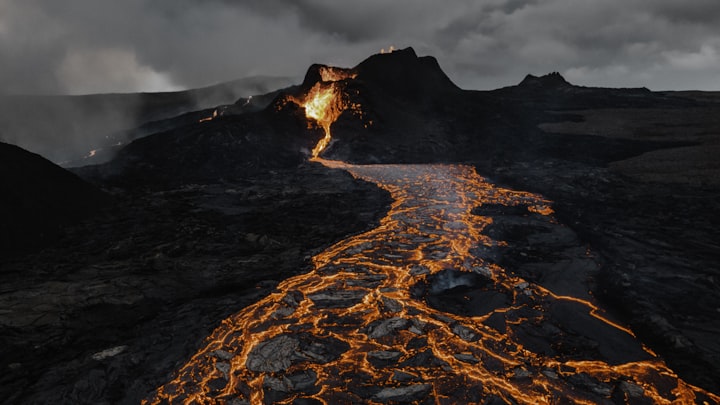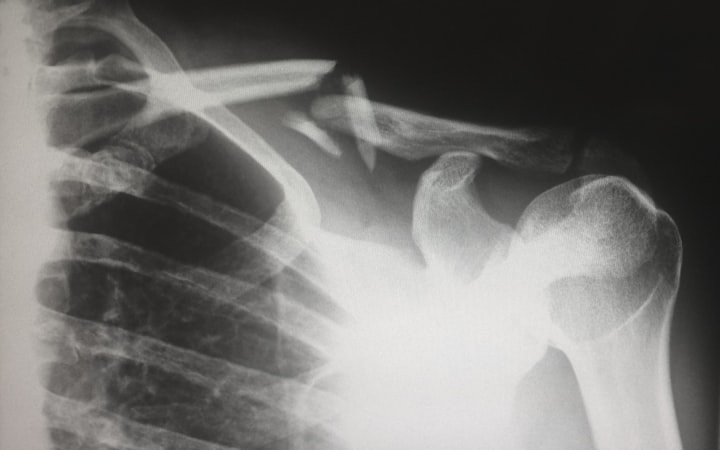Volcanic Eruption
some widely known volcanoes

A volcano is a geological formation on the Earth's surface that allows molten rock, ash, and gases to escape from beneath the Earth's crust. Volcanoes are formed through a series of complex geological processes that occur over millions of years.
Volcanoes are typically found at tectonic plate boundaries, where the Earth's lithosphere is broken into several large pieces known as tectonic plates. The movement of these plates can create weak spots in the Earth's crust, allowing magma from the mantle to rise to the surface. This process is known as volcanic activity.
The formation of a volcano begins deep beneath the Earth's surface, where intense heat and pressure cause rock to melt, forming a molten substance known as magma. Magma is less dense than the surrounding rock, so it begins to rise towards the Earth's surface through cracks and fissures in the crust.
As the magma rises, it can accumulate in a magma chamber located just below the surface. Over time, the pressure of the magma within the chamber builds up, eventually causing the volcano to erupt. When the pressure becomes too great, the magma is forced to the surface through a vent, creating a volcanic eruption.
The type of eruption and the shape of the volcano depend on various factors, including the composition of the magma, the presence of gases, and the geological setting. Volcanoes can be classified into different types based on their eruption style, such as shield volcanoes, stratovolcanoes, and cinder cone volcanoes.
Shield volcanoes are broad, gently sloping volcanoes formed by the accumulation of thin layers of lava that flow easily over long distances. Stratovolcanoes, also known as composite volcanoes, are tall, steep-sided volcanoes formed by alternating layers of lava, ash, and volcanic rocks. Cinder cone volcanoes are small, steep-sided volcanoes formed by explosive eruptions that eject fragmented rock material.
Volcanic eruptions can have significant impacts on the environment
how many volcano eruptions are formed
There are approximately 1,500 potentially active volcanoes worldwide, with around 50 to 70 erupting each year. These volcanoes are located in different regions around the globe, with a significant number situated along the Pacific Ring of Fire, a horseshoe-shaped area in the Pacific Ocean known for its high volcanic and seismic activity.
Some well-known potentially active volcanoes include
Mount Vesuvius in Italy, Mount Rainier in the United States, Mount Fuji in Japan, Mount Etna in Italy, Krakatoa in Indonesia, and Mount Kilimanjaro in Tanzania, to name a few.
Mount Vesuvius: This famous volcano in Italy is known for its eruption in 79 AD, which buried the Roman cities of Pompeii and Herculaneum. It is considered one of the most dangerous volcanoes due to its proximity to densely populated areas.
Mount Rainier: Located in Washington state, USA, Mount Rainier is an active stratovolcano that stands as the tallest peak in the Cascade Range. It is closely monitored due to its potential for lahars (mudflows) that could impact nearby communities.
Mount Fuji: An iconic symbol of Japan, Mount Fuji is an active stratovolcano located near Tokyo. It last erupted in 1707 but is closely monitored due to its popularity as a tourist destination and the potential threat it poses to the surrounding region.
Mount Etna: Situated in Sicily, Italy, Mount Etna is one of the most active volcanoes in the world. Known for its frequent eruptions, it has a complex volcanic history and is a UNESCO World Heritage site.
Krakatoa: Located in Indonesia, Krakatoa is infamous for its catastrophic eruption in 1883, which resulted in one of the most violent volcanic events in recorded history. The eruption caused tsunamis, global climate effects, and the collapse of the volcano.
Mount Kilimanjaro: Africa's highest peak, Mount Kilimanjaro in Tanzania, is a dormant stratovolcano with three volcanic cones. While currently inactive, there is debate among scientists about its potential for future eruptions.
These volcanoes showcase the diversity and potential dangers associated with living near active volcanic systems.
About the Creator
naol abraham
now I am living here as a guest and um gonna leave this world one day!






Comments
There are no comments for this story
Be the first to respond and start the conversation.